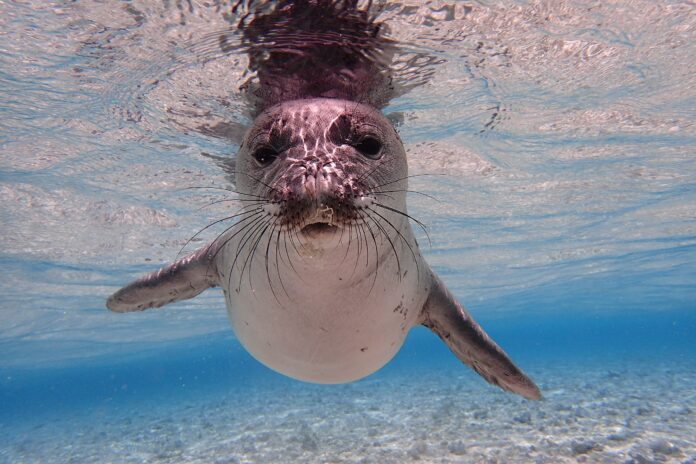BY HARRY WEEKES
Many years ago (actually, in 1998), according to Gillette’s website: “Gillette rocketed men to an even smoother, closer shave with the launch of the MACH3®, the first safety razor with three-blade technology.” Whoa.
It was shortly after the Mach 3 hit the market that my Uncle Jack sent a note, “When do you think there will be five blades?” As you can see, he made the logical leap from “If they are making a razor with three blades, then four blades is obvious, so when will they go to five?”
I use this example as a way to think about thinking. When have you learned something that not only made you immediately see the world differently (foreshadowing pun here) but that opened up the world to an explosion of new possibilities?
My youngest daughter, Penelope, recently spent her Independent Trimester studying marine soundscapes at the University of Hawai‘i’s Institute for Marine Biology. In short, soundscapes are the acoustical equivalent of landscapes. When we look out of our windows or walk across any stretch of ground, the landscape is the terrain—its undulations, contours and shapes. We are familiar with landscapes as they are embedded in our vocabulary and, therefore, our lives—landscape architecture, landscape painting, “sitting here, looking out across the landscape.” A soundscape is the same, but with sound.
The soundscape is the sound fingerprint or signature of an area: all of its creaks, groans, warbles, barks, trickles and swishes. We are familiar with these, once we think about them, but, for the most part, soundscapes are a part of our background (as in “background noise”).
In the marine environment, though, soundscapes can be primary. For monk seals, the acoustical world is their landscape; it’s how they navigate. And, as Penelope taught me, if you mess with this world, through human-created noises like propellers, it can mess with the animals. (One of the current threats to monk seals is simple—they are having trouble locating one another due to all of the anthropogenic noise. And if you can’t find a fellow seal, it sure makes it hard to mate.)
Needless to say, once you start thinking about soundscapes, you literally get attuned to them. This time of year my morning amble comes with rails, snipes, robins, finches, poorwills, owls and sparrows, to name some of the birds; periodic coyotes on the mammal side of things; and the rustling of wind and the intermittent pitter patter of rain from the physical environment.
While Penelope has opened my ears to this world of sound, she has also opened another door: “If there are soundscapes, what other scapes are there?”
Watching my dogs snuffle the air, and looking at the ways the tips of their noses flex and arc, what kind of smellscape are they tuned into?
I read an article on platypuses and learned that they hunt with their eyes closed, sensing the muscle flexion of their prey, tuned in, as they are, to the electroscape.
And is the long mysterious answer to bird migration an attunement to the magnetoscape that we can barely fathom?
It is a wonderful experience when your child opens the world to you, magically making you aware of all of these fabulous senses we have, and the scapes we are able to conjure.
Harry Weekes is the founder and head of school at The Sage School in Hailey. This is his 49th year in the Wood River Valley, where he lives with Hilary and two of their three baby adults—Penelope and Simon. The other member of the flock, Georgia, is currently fledging at Davidson College in North Carolina.



